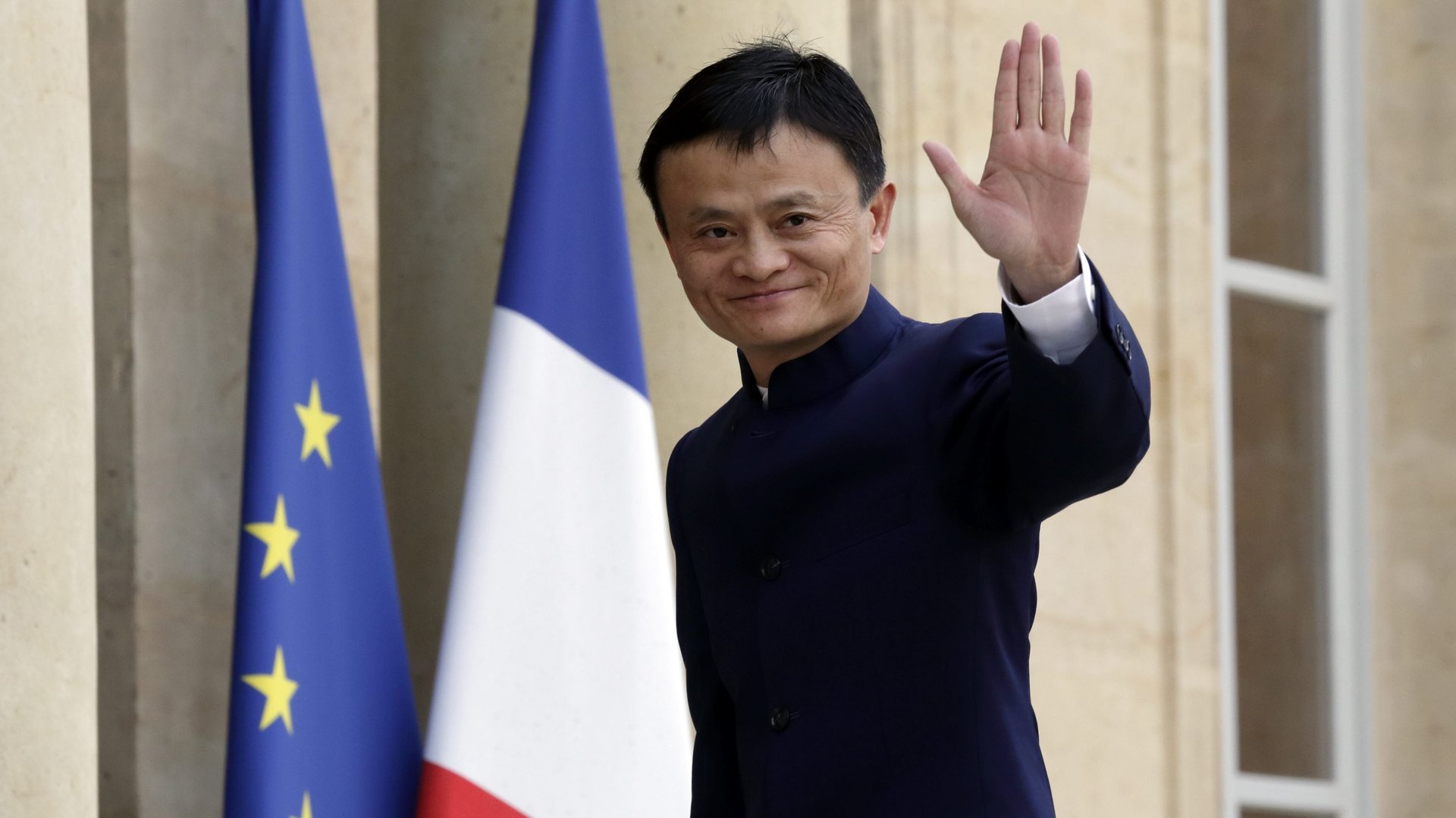China’s mobile payment giants are chasing their customers all the way to Europe
China’s consumers are a prized bunch: Where they go, payments providers follow. This summer, that means they’re all going to Europe.


China’s consumers are a prized bunch: Where they go, payments providers follow. This summer, that means they’re all going to Europe.
Alipay, the payments platform owned by Alibaba spinoff Ant Financial, began offering its service in Europe this summer. To be clear, it’s aimed squarely at Chinese tourists visiting the continent. They’ll be able to pay for their shopping using the Alipay app at merchants who have signed onto the platform. European customers looking for a new payments channel will just have to wait. “In China, in most cities, you don’t really need to carry cash or a wallet anymore,” says Rita Liu, the Ant Financial executive in charge of Alipay’s European roll-out. ”You can use Alipay in restaurants, shops, everywhere.”
Alipay is going after a lucrative market. China’s travelers are the tourists who spend more than any other nation on earth. They collectively spent nearly triple the amount spent by the next biggest bloc of tourists, Americans, in 2015. Here’s what that looks like charted:
In Europe, Alipay is targeting the merchants who most obviously serve Chinese travelers first—duty-free shops in airports, outlet-shopping, and restaurants, Liu says. The firm is taking a conservative approach to merchant expansion for now. On the day we meet, Alipay has just signed on 69 merchants at the Munich airport, Liu tells me. “There will be signages everywhere,” she says. “The Alipay logo is blue, so we have basically made the airport blue. It’s a big launch for us.”
While outlet shopping and duty-free cosmetics might be tightly targeted spots where Chinese travelers load up on shopping, they aren’t the most visible or prestigious locations for a payments company with global ambitions. Liu says that will change soon, with plans to strike deals with major brands across the continent, and to sign up merchants in key shopping districts.
Liu won’t name names, but says she is in talks with brands in Germany, France, Italy, and the UK that are popular with Chinese travelers. “What are Chinese buying in Europe? Before, it was more about luxury products. Now, as more are coming here, it’s lots of mid-range products, like cosmetics, health products, baby products,” she says.
It’s worth remembering just how deeply payments are integrated into the Chinese consumer’s mobile experience. Alipay’s app, for instance, is like a combination of PayPal, Groupon, and Yelp (here’s an explainer on how it works). It offers payments, but also special discounts and deals at merchants, plus reviews and recommendation from other customers. The official line from Alipay is that it’s not a payments tool, it’s a “lifestyle super app,” and that isn’t too far from the truth.
For the Chinese consumer landing in Charles De Gaulle or Frankfurt, imagine the disorientation at having to deal in paper notes, coins, and plastic cards, Liu points out. “They’re so used to using Alipay, when they come to Europe they feel really inconvenient,” she says. ”They need to get currencies, bring cards, and all that. From a customer point of view, success means our customers who travel to Europe can use Alipay in most the places they go.”
This means mobile wallets like Alipay can do more than get payments done at the cash register. They can also influence consumers to walk into a particular store in the first place, through the combination of crowdsourced reviews and incentives dangled by merchants from within the app. “We’re bringing not only payments, but payments plus marketing,” Liu says.
The model has already worked in China. The total payment volume processed by China’s mobile wallet companies is set to more than triple by 2019 to $5.3 trillion:
It’s no wonder that the mobile wallet space has been heating up. While Alipay pioneered the tool, its dominance has been eroded in recent years by its chief rival, Tencent. The gaming and messaging giant, which owns the WeChat messaging platform, has increased its efforts to claim market share from incumbent Alipay. It’s been paying off:
Ant Financial is early to the European travel market. In Asia, it already competes with Tencent for Chinese tourists’ yuan. It has 50,000 mainly Asian merchants signed up to Alipay outside China, Liu says. Asian countries are still the most popular destinations for Chinese travelers by a wide margin, with Hong Kong, Korea, and Japan in the top five. The two biggest European destinations are Germany and Russia, which see about half the number of Chinese travelers that Japan and the US receive, according to the United Nations World Tourism Organization.
The European market is only going to grow, Liu says, and she wants Alipay to be there when it does. “They have seen Asia, so it’s time to go further,” she says of the demand for sightseeing by her compatriots. “We think there’s big room for growth.”